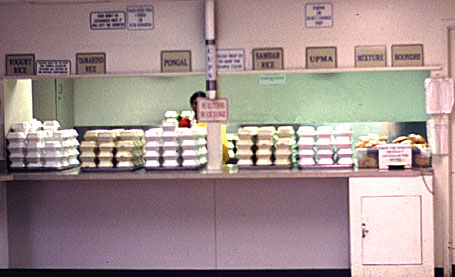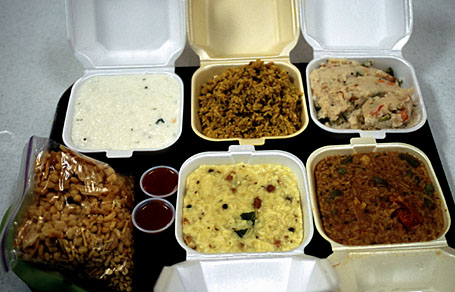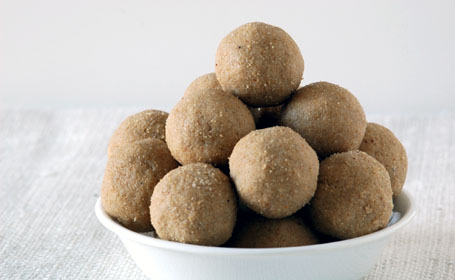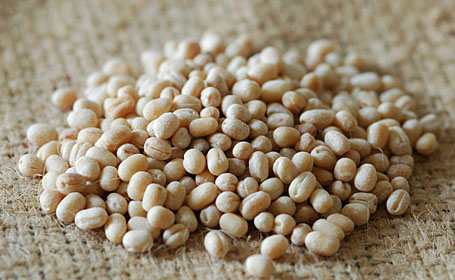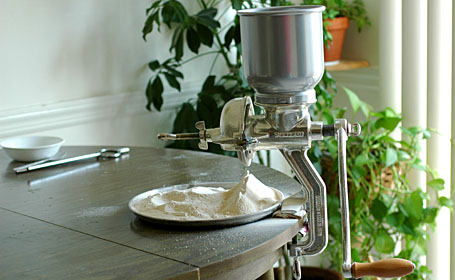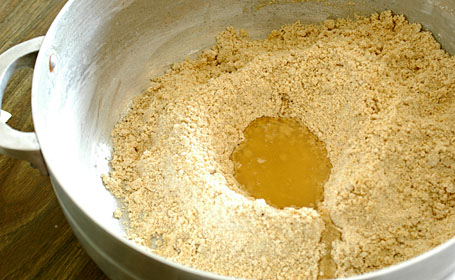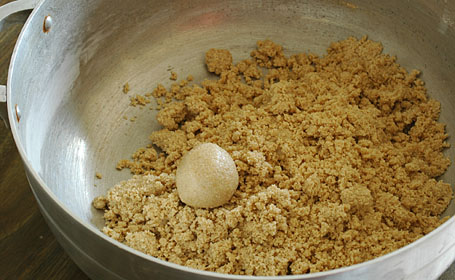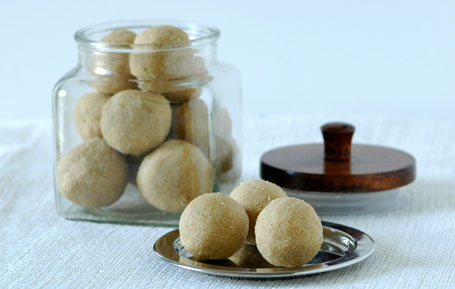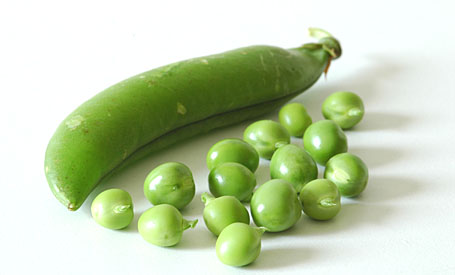
Sometime back while surfing the web, I came across a recipe with fresh green peas and I couldn’t get it out of my mind. I had book-marked the site and also printed a copy, just incase the website disappeard. What attracted me to this recipe were the introductory words – “fresh green peas, strictly home-fare, and Awadh”. Also, more than anything, I loved the recipe name-“Nimona”. How pretty!
The recipe is from this website, dedicated to Awadh (The cuisine of Lucknow, India). I am not sure who wrote this particular recipe, but this unknown author’s description of nimona captivated me. Here is the author’s introduction to Nimona.
“The cuisine of any region is incomplete unless the contribution of the housewife or home-cooking is mentioned. So it is with Awadh. Besides the contribution of bawarchis and halwais there are recipes handed down through generations by grannies which lend that special something to the food. Regional cuisine lives in the home kitchens, and Nimona is one such example of strictly home-fare. Cooked in winters with fresh green peas, spring onions and mungories or wadis which are spiced and dehydrated lentil dumplings, it is a delectable dish. Some people like to substitute green peas with green chick-peas which are available in spring and are equally tasty.”
June and July are fresh pea season here in Ohio and I bought few pounds of fresh peas keeping this recipe in mind. I tried to get ‘mungories‘ or wadis from local Indian store, but they never even heard of them. So I replaced them with new crop potatoes. The recipe is multistep, little bit time consuming and the end result is – Fresh green peas and potato cubes in pureed green pea-onion-tomato sauce. Fantastic!
Here is my version of Nimona:
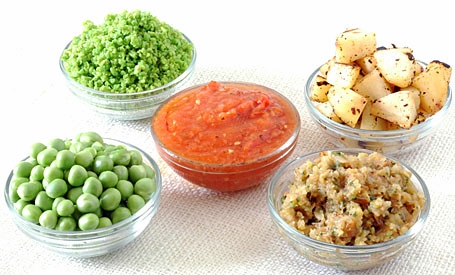
(Things needed: skillet, oil/ghee and a blender/mortar)
Peas:
2 cups of freshly shelled peas. Separate one cup of peas and keep them aside. Puree the second cup of peas into coarse mixture by adding a pinch of asafetida. Saute this coarse mixture of peas for few minutes, (to remove the raw smell).
Onions, ginger, garlic and cilantro:
Finely chop 2 onions length-wise, saute them in oil until golden and brown. Add 3 garlic cloves, one inch of ginger and few sprigs of cilantro and together make a paste.
Tomatoes:
Chop 4 tomatoes into chunks; saute them on high heat for few minutes. Make a smooth paste.
Potatoes:
3 potatoes – peel, cube and saute them for few minutes and keep aside.
Masala Powder:
2 cloves, 2 cardamom pods and one small cinnamon stick – powdered together
Heat a teaspoon of oil in a big pan. Add the following items listed below in that order and Saute:
2 bay leaves
Onion-ginger-garlic paste
Tomato paste
Coarsely ground green peas
One cup of fresh peas that were kept aside
Potato cubes
Cloves- cinnamon- cardamom powder
½ tsp each, or to taste – turmeric, salt and red chilli powder
Add about 1 cup of water. Mix and close the lid. Simmer for about 15 minutes on medium heat, until the curry thickens. Switch off the heat and let the curry sit for half an hour to absorb the flavors. Serve warm with chapati or rice.
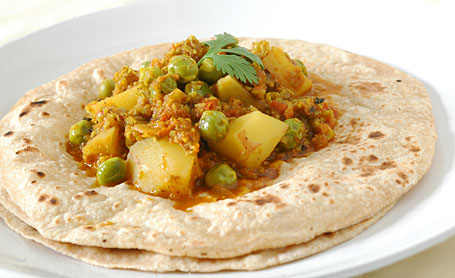
Nimona with Chapatis
More about Awadh (Cuisine of Lucknow): Here
Recipes from Awadh Cuisine: Here
Photo of ‘mungories’ or ‘wadi’ – from Green Jackfruit



